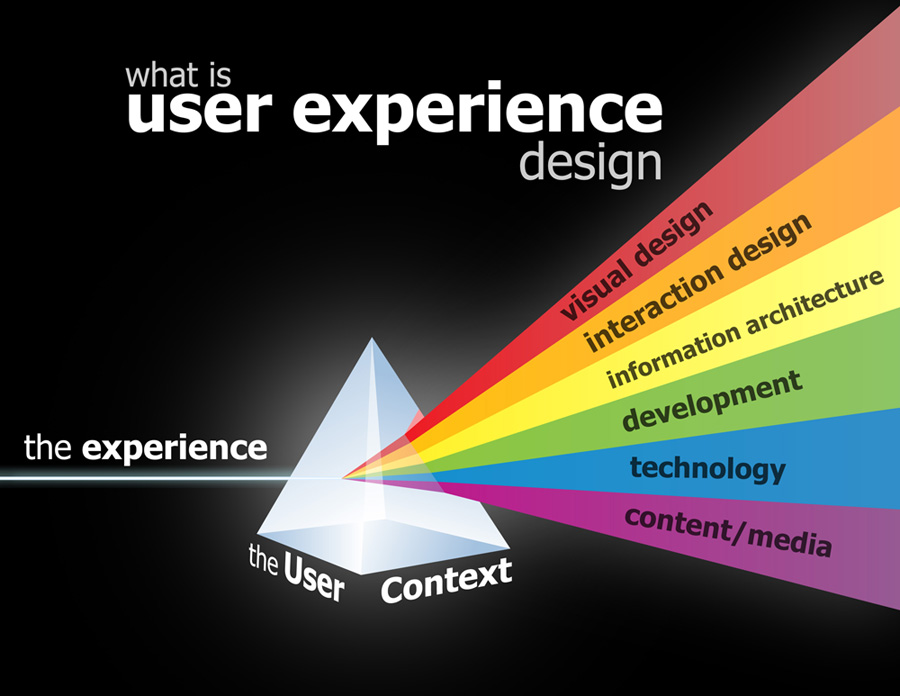
|
So, I went to grad school hoping to be a part of a visual effects industry that isn't falling apart. My hopes have not been deterred entirely... but have changed route. I feel as though I just lost interest in pursuing a career in an industry whose economic model is imploding. I think that working for a large animation house / studio might not be the best fit for me. First of all, contract jobs are by no means stable. The studio uses you for a year or two, and then drops you because they need to create another movie. It is no secret that the VFX industry isn't doing well. Dreamworks will lay off between 350 - 500 people this year (the number of people varies depending on the source) and Rhythm & Hues went bankrupt. Also, jobs that require brainless repetition doing one very very specialized task that could take a year or MORE have turned me off. Check out Cracked's 5 Miserable VFX Jobs that Make Movies Possible. Steven Spielberg and George Lucas recognize the change in dynamics in the film industry with this advent of computer-generated technology and the changing economy and predict a massive overhaul/implosion in the film industry. Although I don't know if the situation is going to change this drastically, I think that there are some changes happening. I am hesitant to jump on the massive VFX slaveship, although I do enjoy compositing, texturing/shading, and digital lighting.
I love the idea of making films, but the industry model doesn't seem very lucrative or offer stability... and it is very cut-throat for women (not that I am afraid lol). It's just not fully receptive to women yet, regardless of how assertive I am. I would like to work in an environment where I can try a lot of new technologies all the time. With a background in graphic design, and a newfound interest for animation and motion graphics (the past couple years I have been doing some for school and working in my spare time at the Ohio State Athletic Department - The Buckeyes, making scoreboard animations for football, basketball, hockey, volleyball, etc.), I would love to do some motion graphics for a smaller firm or maybe a software company. The infinite possibility of a visual story or visual narrative is wonderful, and I can combine graphic elements with some animated elements, creating a richer, deeper, more interesting time-based project than just something that is a flat work of art. I love films, and will always, but I like creating art first and foremost. I think art can tell a story without having to be 2 hours long and require 500+ people for production. |
I also love the idea of working for a software company doing the front-end design for software or for web/mobile. The need for User Experience and User Interface Design is ever-increasing. And it is something I have really grown to enjoy. I worked the past two years creating a project for women in the military here at Ohio State. It involves very structured design work, research, information architecture, visualizing, testing, a little web programming, all of which I find rewarding as they are challenging for me. Producing a workable, usable, interactive product that actually serves a purpose for the intended audience speaks to me more than something that is simply a work of art to be looked at. The logic involved is a little bit more involved than just the visual/spatial logic you use to create a 2D work of art also. So it is a challenge for me... one with rewarding outcomes.
In the next year or so, after I finish my thesis short film, I will be at a crossroads of sorts. So you see, I have been thinking a lot about where I want to be and have narrowed it down quite a bit considering the vast array of work I have tried in the past. I think these two career paths are the directions I could take in my proverbial design career "fork in the road." In the meantime, I will work on my thesis film and paper as well as be teaching courses this fall and spring. I still have considerable time before I seek a job (a year), but in the meantime the state of the VFX industry, the industry where I am currently pursuing my master's, and the niches I have chosen in the design field will be subjects I will forever keep in the back of my mind :). |









